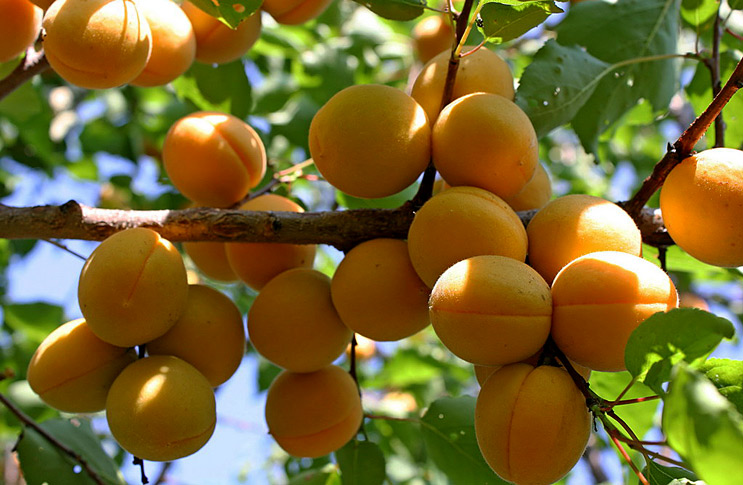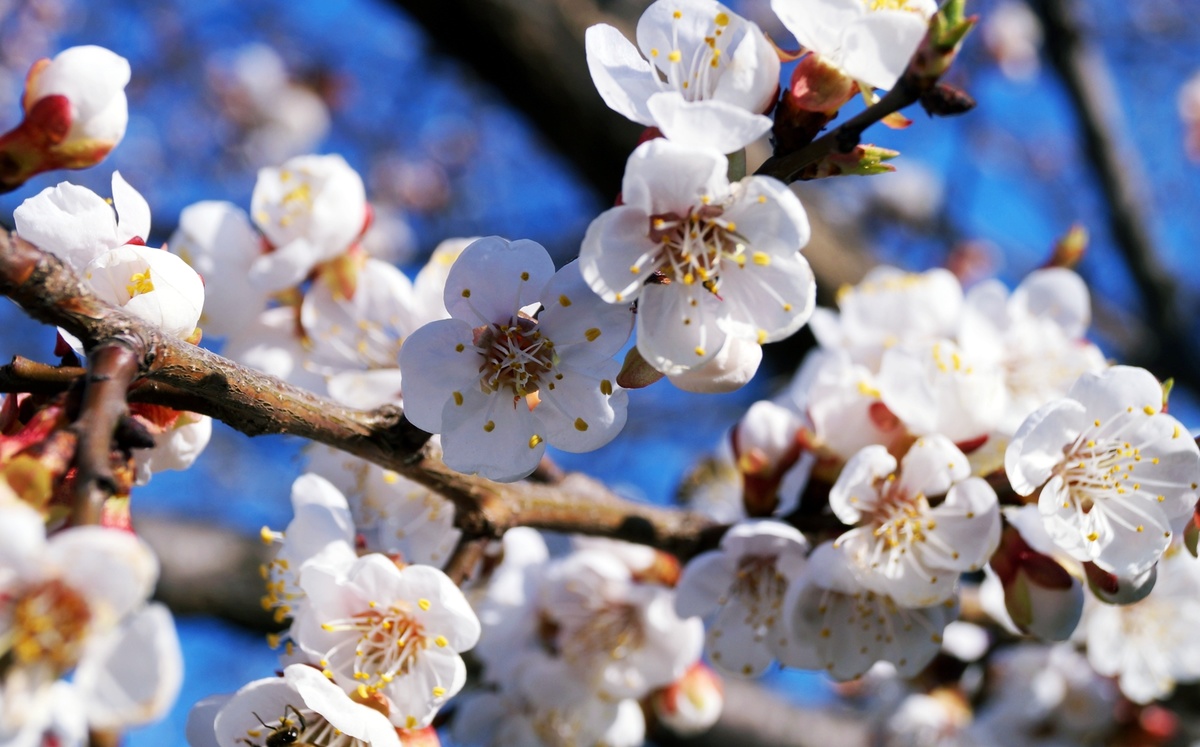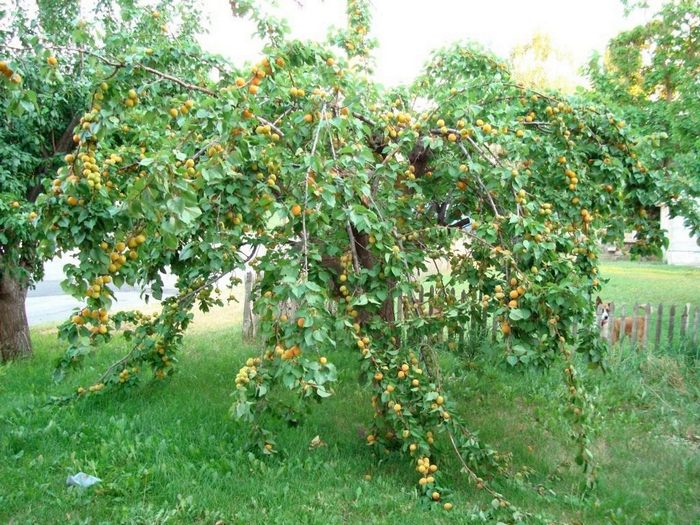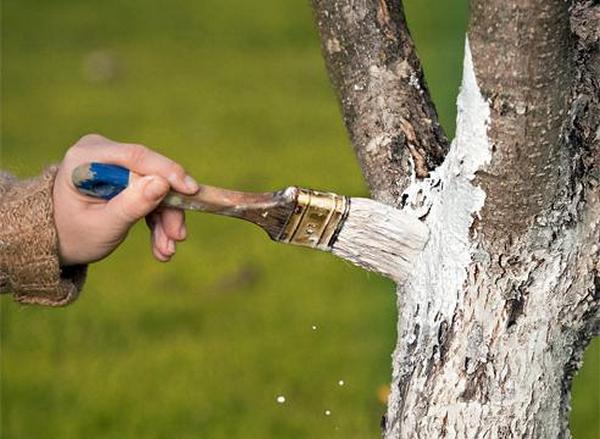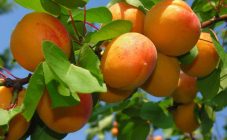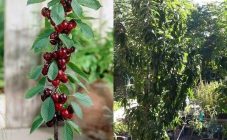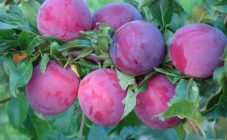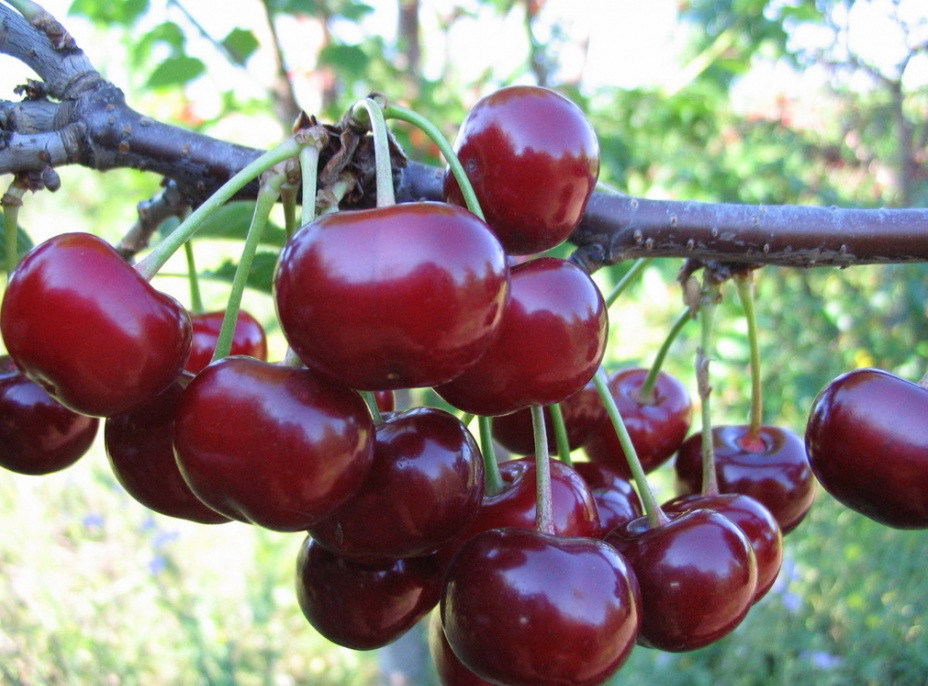Content:
Apricot varieties Lel are an excellent choice for any summer resident. Despite the fact that this culture is a thermophilic one, its cultivation in colder regions is also allowed. The variety is very beautiful, and its fruits are juicy and tasty. That is why, having planted Lel apricot on your site, you will not regret at all the time and effort spent on this venture.
The history of the creation of the variety
The apricot tree has a compact crown, reaches a height of three meters, and grows slowly. The appearance of the apricot is very beautiful: in the spring the tree attracts the eye with its bright, fragrant flowering, in the summer - with ripening fruits, in the fall - with red-orange dense foliage.
The variety was bred in 1986 by breeders Alexey Skvortsov and Larisa Kramarenko on the basis of the Main Botanical Garden in Moscow. In 2004, apricot Lel was included in the State Register of Breeding Achievements and recommended for zoning in the regions of the Central Federal District.
Features of the Lel variety
Description of the Lel variety apricot is as follows. The variety is very early. The tree is winter-hardy, resistant to claterosporiosis. The plant is weakly exposed to aphids, since potash fertilizers used for pouring fruits scare away insects.
The weight of one fruit is about 20 g. Taste qualities are rated very high - the fruit is given five points. The pulp of the fruit is very tender, colored orange, the stone is large (up to 10-12% of the fruit mass), with thick walls, smooth, easily separable from the ripe pulp. The dry matter content of the fruit is 16%.
Apricots have a glossy surface, rounded, slightly flattened from the sides. The frost resistance of the Lel variety is 20-30 ° C, self-fertility is high, and yields annually. The tree is also drought-resistant; it begins bearing fruit in the third or fourth year.
Few fruit trees are capable of self-pollination. In most cases, two pollinators are required to form the ovary. To understand whether an apricot is self-fertile will allow a close examination of its flower. Self-pollination is possible if the flower contains both pistil and stamens. Most of the apricot flowers have this structure, while the remaining flowers require cross-pollination. Thus, the harvest will be rich if several trees grow on the site.
The average height of an apricot tree is three meters. The wood is quite dense, colored light brown, which becomes darker closer to the center of the trunk. Over time, one-year weakly branched shoots from red-brown turn into dark brown. For three to four years, they form a neat dense crown.
The smooth dark green leaves are egg-shaped. The leaf blade, slightly pointed upwards, is framed along the edges with small denticles. The arrangement of leaves on branches and shoots is alternating.
White-pink flowers grow solitary, tightly fixed in the leaf axils. The diameter of the flower is 3 cm, the number of petals is 5. It blooms in late April-early May.
The first fruits ripen in mid-July.The ripening process is extended - it takes 30-40 days. In one season, a young apricot can yield up to 10-15 kg of harvest, an adult tree - up to 30 kg.
Growing and care
A rich harvest and a healthy appearance of Lel apricot depend on a well-chosen place and adherence to planting rules, high-quality plant care. To do this, the gardener is advised to follow the following set of instructions:
- Choose or create your own gentle slope, accessible to the sun's rays and protected from the north wind. The diameter of the embankment should be 2 meters, the height - 70 cm. In September, a hole is dug on top of the hill and humus and ash are added to it;
- It is better to plant apricots in April and early May, but you can also in the autumn months. The main thing is that the soil is loose, crumbling, and the air temperature is 10-12 degrees above zero. Neighboring trees will help to choose the exact moment of planting - swollen, but not yet blossoming buds should appear on them by this time;
- Watering up to six times per season. To protect the soil from drying out, it should be mulched;
- In the first year, you need to form the crown. This should be done carefully, since the Lel variety grows for a long time.
Any quality of soil is allowed - the tree is undemanding in this respect. Still, one important condition must be observed - the depth of groundwater should not exceed 2-3 meters.
A sign that the apricot will quickly take root and will grow actively is the presence of old trees with a developed root system on the site. It is recommended to buy seedlings in local fruit nurseries. It is important that they are all vaccinated at a height of 1.5 m. Thanks to this, the seedlings acquire such valuable qualities as:
- frost resistance and disease resistance;
- early onset of the fruiting period;
- high productivity.
Some gardeners grow apricots using seeds. This is due to the fact that the seedlings are quite whimsical and can be subject to various diseases. It is important to keep in mind that sowing apricot tree seeds may seem like a simple process, but in practice everything happens differently. Planting seeds is very different from planting seeds of other plants. In addition, many qualities of the variety are completely lost in this case.
To ensure high-quality watering of the tree, you should dig a small groove in the area of the trunk circle. Water prepared for irrigation is poured into a ditch. Every year the diameter of the irrigated zone is expanded. The ditch should be at a distance of 30-40 cm from the trunk. During flowering, ovary formation and fruit ripening, abundant watering is required - up to 45-50 liters under one tree. The rest of the time, the tree can not be watered (provided that the climate is moderately hot). The summer season ends with water-charging irrigation, when 50-60 liters of water are poured under one tree.
In the summer, foliar dressings are carried out containing useful trace elements (2-5 liters per tree). Do this when the leaves dry out, the appearance of a mesh on ripe fruits, the tops of the shoots are exposed and in other problem cases. The preparations with which the apricot is sprayed must contain iron, a solution of boric acid or manganese sulfate. In case of gommosis or cracking of the fruit seed, root feeding with slaked lime is necessary.
In autumn, the tree is fed with wood ash and chalk (300-500 g per 1 square meter).
In the first days of spring, damaged, broken and infected branches are cut. In late autumn, the lower part of the apricot trunk is whitewashed. In this way, the disinfection of the tree bark is achieved, the larvae of pests and fungal spores are destroyed. In addition to the trunk, it is also recommended to whitewash the base of the skeletal branches.
Advantages and disadvantages of the variety
Among the advantages of the Lel variety, there are such as:
- frost resistance (withstands temperatures up to 30 degrees below zero);
- drought resistance;
- good transportability of the crop;
- compact crown that does not require special care;
- beautiful appearance, high level of fruit taste characteristics;
- undemanding to the ground;
- high early maturity.
Among the disadvantages of this variety are the following:
- susceptibility to disease;
- low productivity;
- large size of the fruit seed;
- small fruits.
The low productivity of the Lel apricot variety is not an obstacle to its cultivation in garden and summer cottages. Excellent appearance and taste will more than make up for this not so significant disadvantage. Bright orange fruits with a glossy surface will be a great addition to the dining table and will stand out favorably against the background of all kinds of fruits on the store counter.
